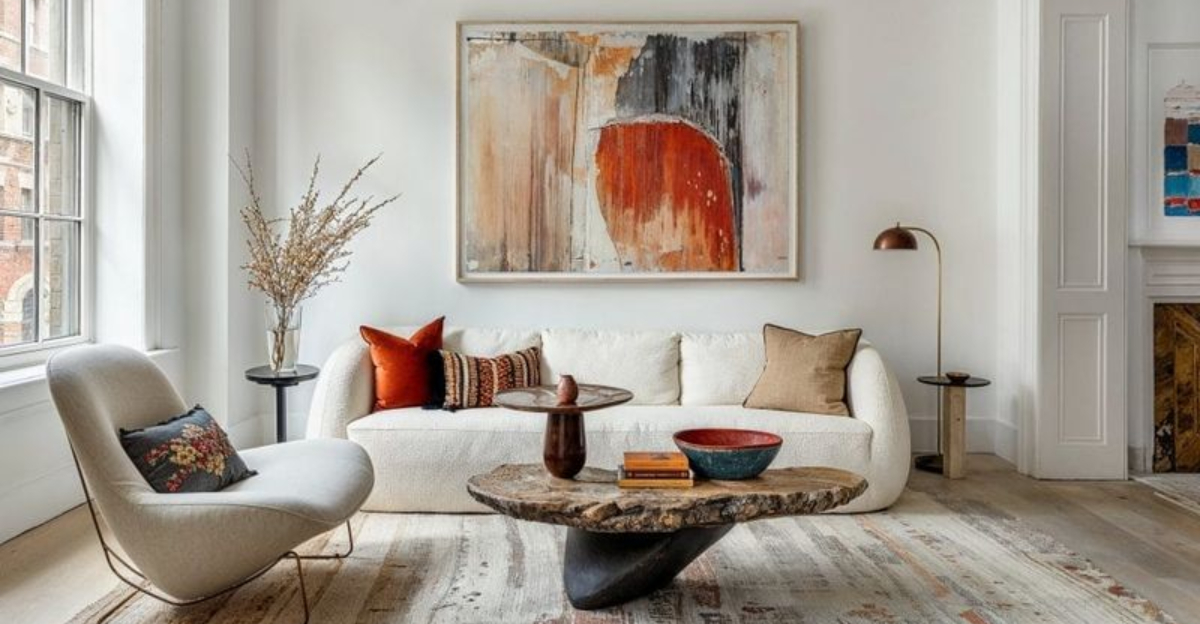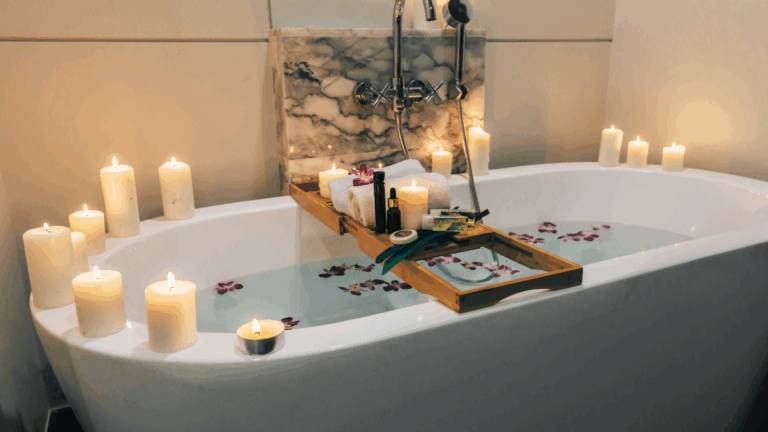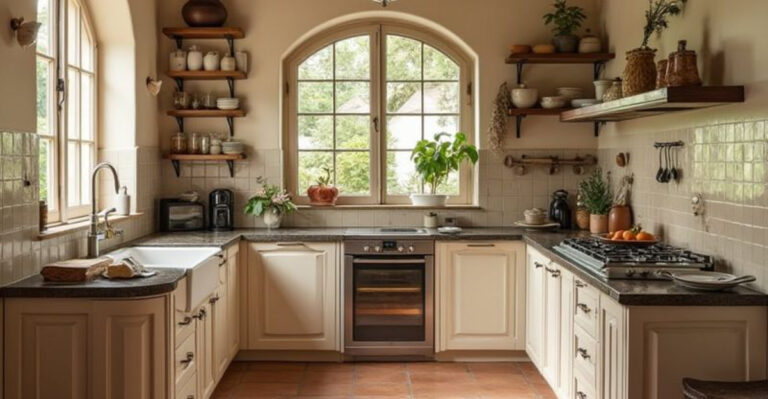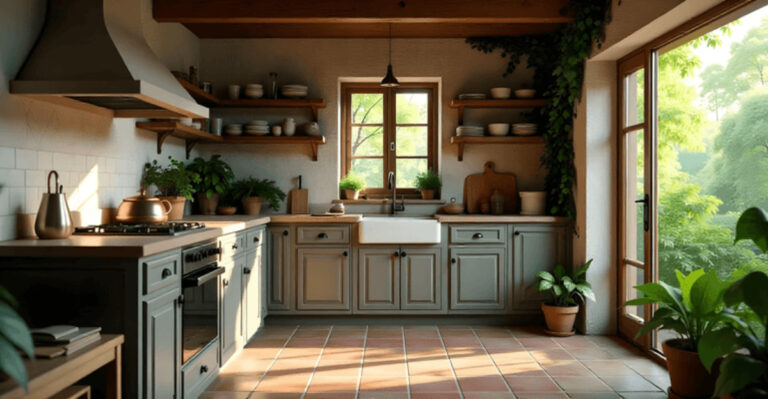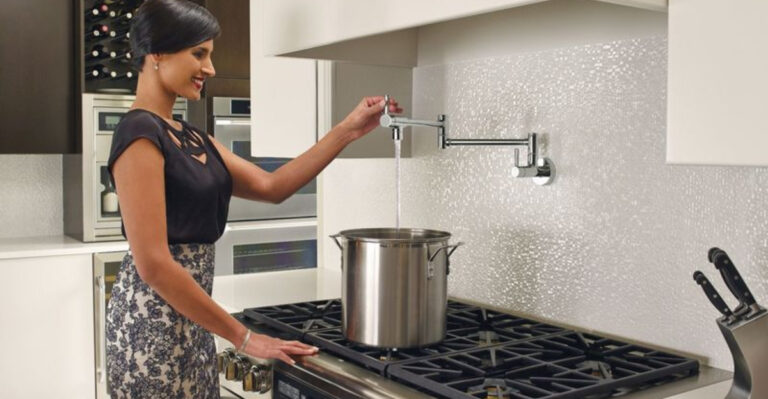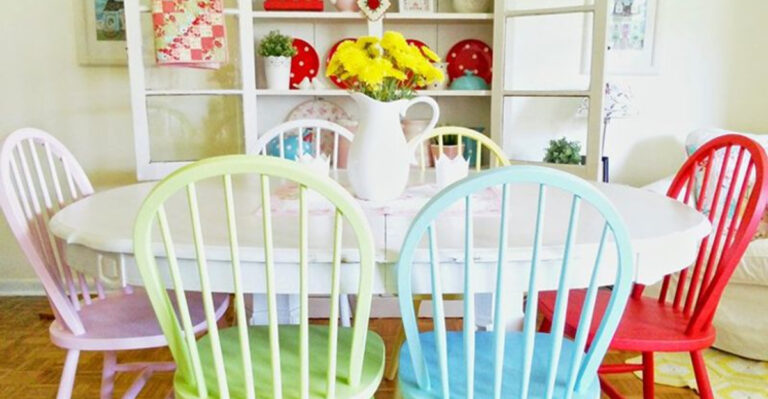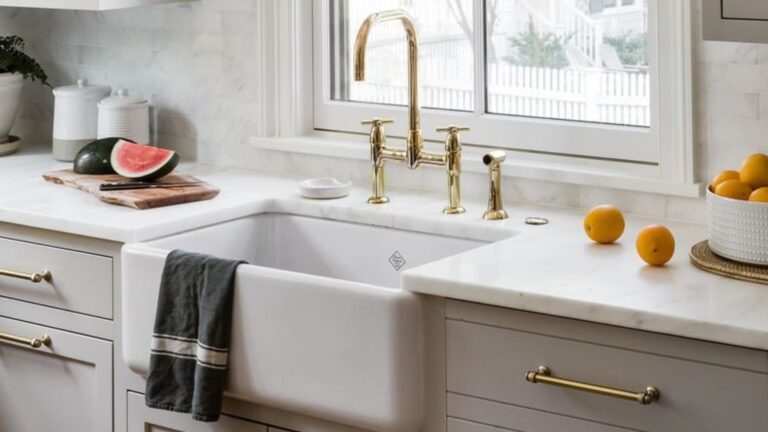10 Things Designers Like When They Walk Into Someone’s Home And 5 They Absolutely Love
Ever wondered what catches a designer’s eye when they step into your living space? Interior designers have a knack for spotting details most of us overlook.
Their trained eyes quickly assess what works and what doesn’t in a home’s design. Understanding these preferences can help you create a space that even professionals would admire!
1. Natural Light Abundance
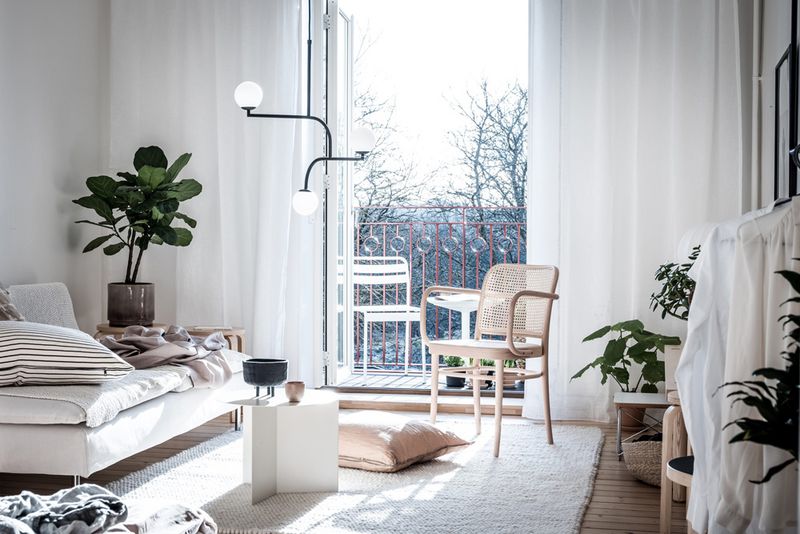
Walking into a sun-drenched space immediately lifts the mood. Designers appreciate homes that maximize daylight through strategically placed windows, glass doors, or skylights.
Clever use of mirrors can amplify this effect, bouncing light into darker corners. When artificial lighting complements natural illumination, the result creates that coveted warm, welcoming atmosphere designers adore.
2. Thoughtful Color Palette
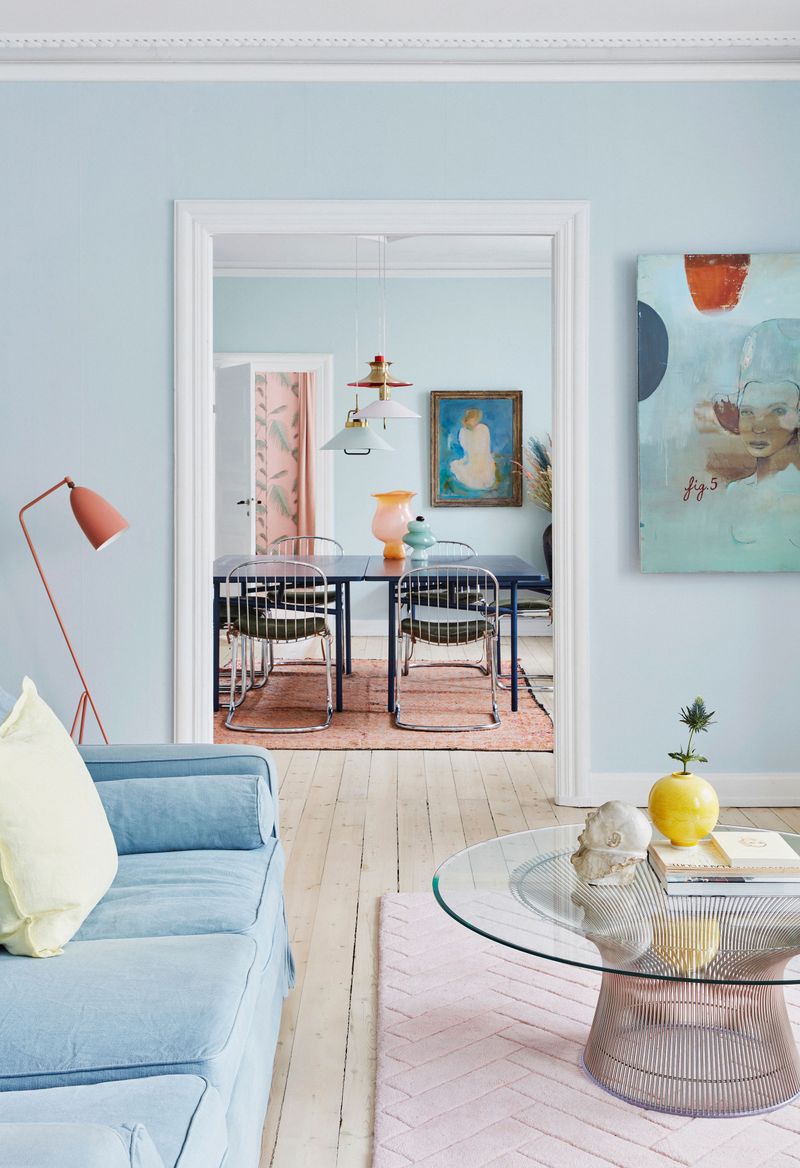
Nothing makes a designer smile like cohesive color choices throughout a home. Beyond just matching, it’s about creating intentional transitions between spaces.
Whether it’s bold and dramatic or subtle and serene, a well-executed color story shows design awareness. The best palettes reflect the homeowner’s personality while maintaining visual harmony—a delicate balance that speaks volumes about design sensibility.
3. Personal Art Collections
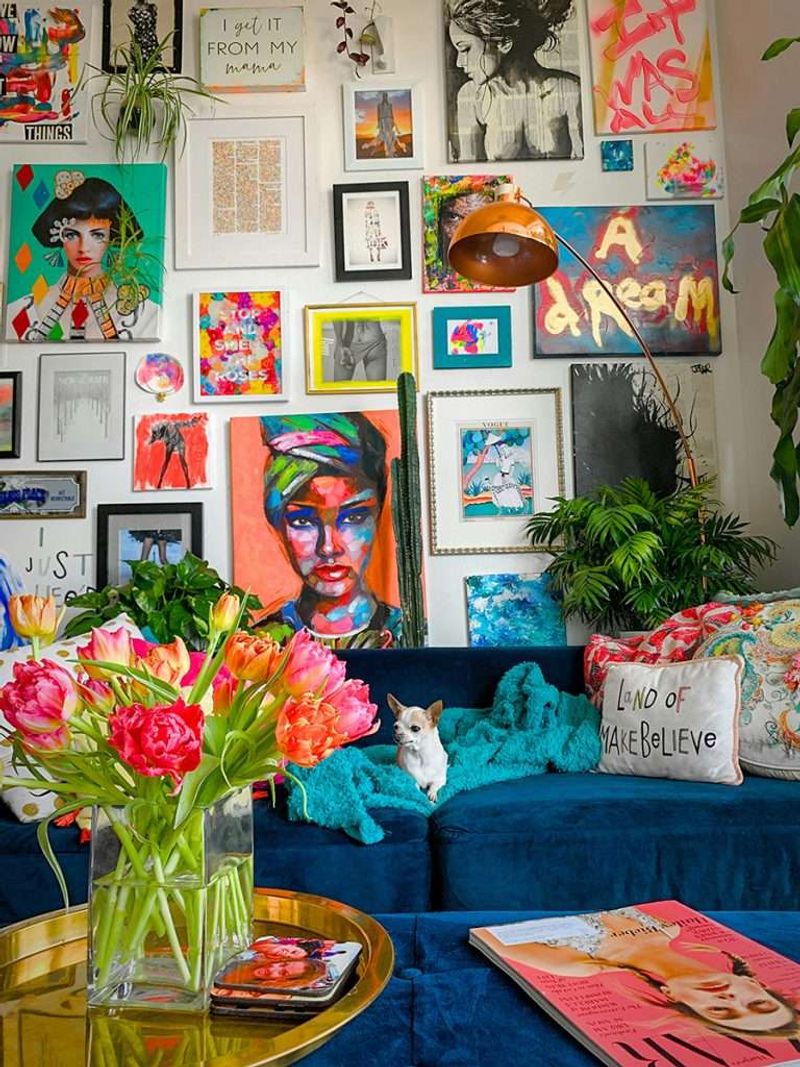
Art that tells a story captivates design professionals instantly. Unlike mass-produced prints, personal collections reveal the homeowner’s journey, passions, and aesthetic sensibilities.
Family photographs arranged gallery-style, travel souvenirs displayed thoughtfully, or original pieces acquired over time all earn designer approval. These curated elements transform houses into homes and provide genuine conversation starters that mass-market decor simply cannot match.
4. Intentional Furniture Arrangement
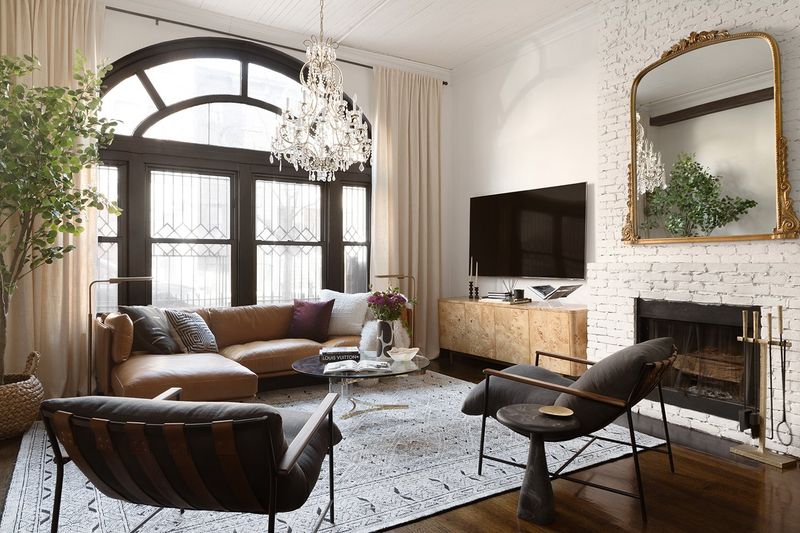
Furniture placement can make or break a room’s functionality. Smart arrangements create natural pathways and conversation areas without overcrowding the space.
Even in smaller homes, thoughtful layouts that balance negative space with furniture groupings demonstrate an understanding of spatial dynamics that goes beyond mere decoration.
5. Mixed Textures
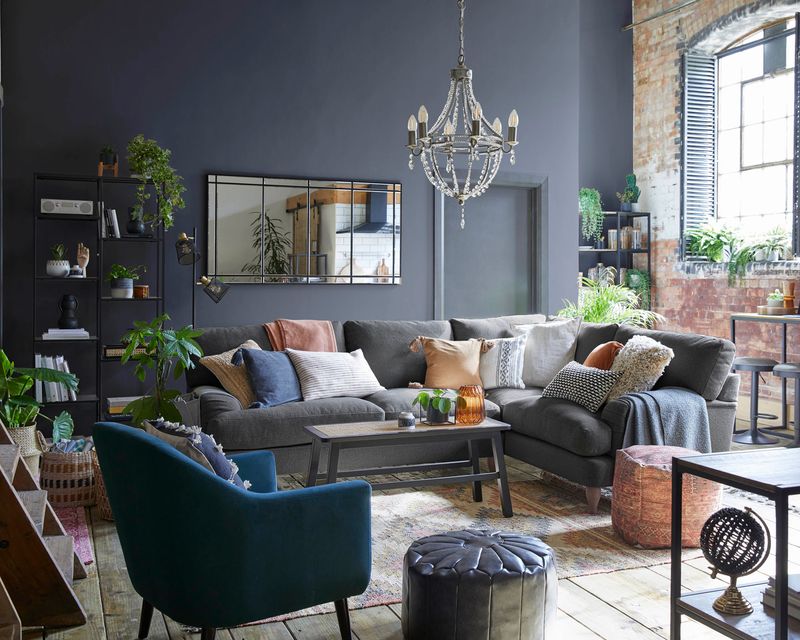
Tactile variety brings depth to interiors that flat surfaces alone cannot achieve. When velvet cushions meet rough-hewn wood tables or sleek metal fixtures contrast with plush rugs, designers take notice.
These thoughtful juxtapositions create visual interest and sensory richness. Layering different textures—smooth, rough, soft, hard—transforms ordinary rooms into multi-dimensional experiences that invite both visual appreciation and physical interaction.
6. Books As Decor
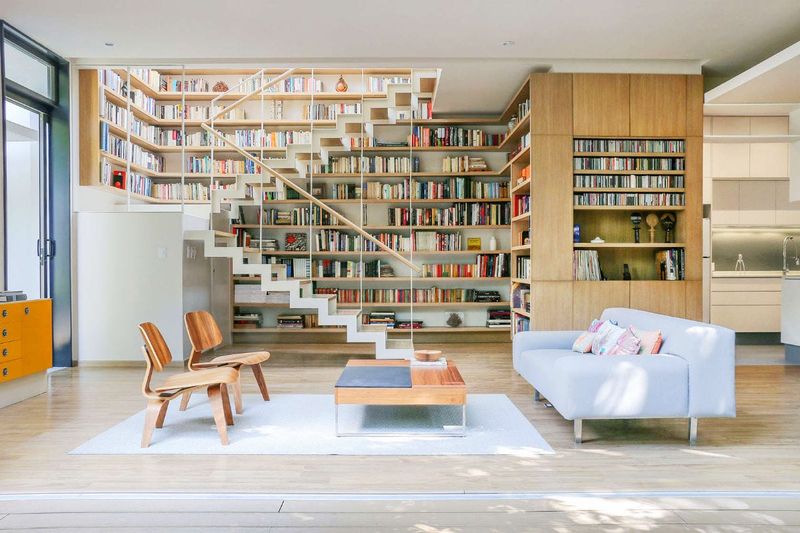
Shelves filled with well-loved books speak volumes about a homeowner’s intellect and interests. Unlike purely decorative objects, books bring authentic personality to spaces.
Thoughtfully arranged collections and casual stacks suggest actual reading happens here. Whether color-coordinated for impact or sorted by subject, books bring cultural depth and warmth no manufactured decor can replicate.
7. Indoor Plants

Bringing nature indoors instantly elevates any space. Healthy houseplants signal attention to detail and create a living, breathing element in the home’s design.
From statement fiddle leaf figs to collections of small succulents, greenery adds color, texture, and improved air quality. Professionals particularly value thoughtfully placed plants that complement architectural features or soften hard edges—demonstrating an understanding of how to balance built and natural elements.
8. Quality Over Quantity
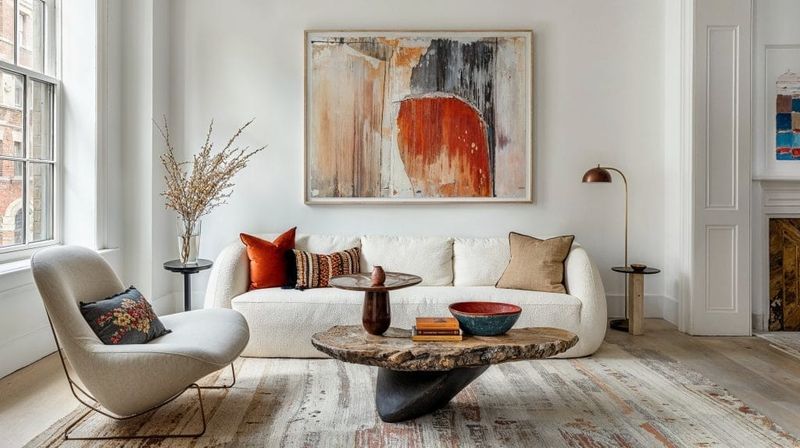
Fewer well-chosen pieces make a stronger impression than rooms crowded with mediocre items.
A single handcrafted chair or authentic vintage piece often becomes a conversation starter. This curated approach shows restraint and discernment—values highly prized in design circles where thoughtful selection trumps accumulation every time.
9. Thoughtful Lighting Layers
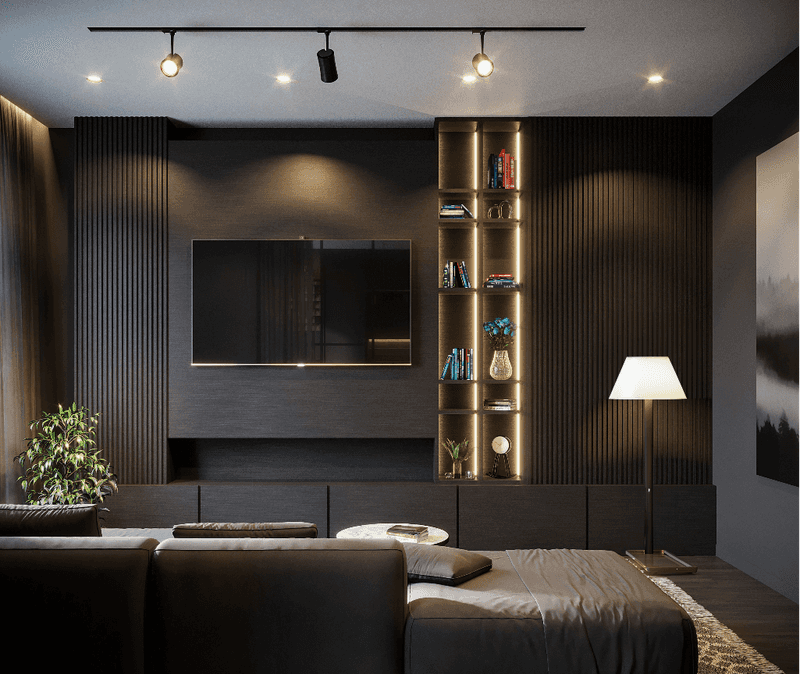
Sophisticated homes feature multiple light sources at different heights. Beyond basic overhead fixtures, designers appreciate thoughtfully placed task lighting, ambient options, and accent illumination.
Table lamps casting warm glows, under-cabinet lighting in kitchens, and strategically placed floor lamps create depth and mood. The ability to adjust lighting for different activities and times of day demonstrates understanding of how illumination shapes experience—a hallmark of design awareness.
10. Consistent Design Language
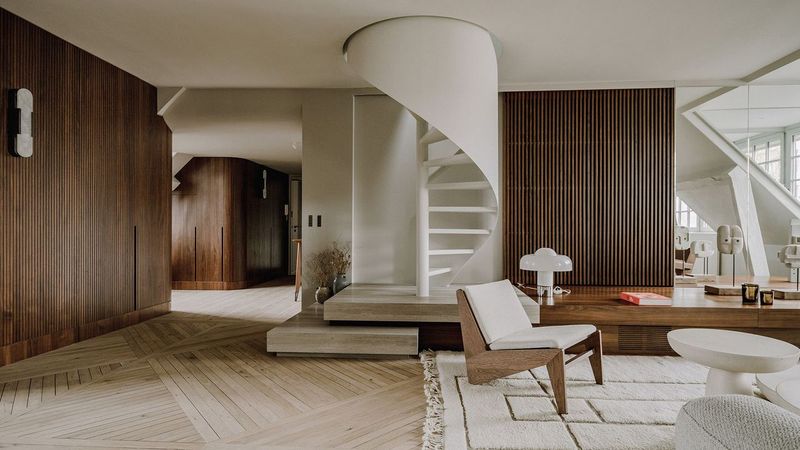
Houses that maintain coherent style throughout earn designer respect. This doesn’t mean everything must match perfectly—rather, there’s a visible thread connecting spaces.
Perhaps it’s consistent hardware finishes, a signature color that appears strategically, or architectural details repeated thoughtfully. These subtle connections create flow between rooms while avoiding the dreaded “matched suite” look that feels impersonal and uninspired.
11. Statement Architectural Features
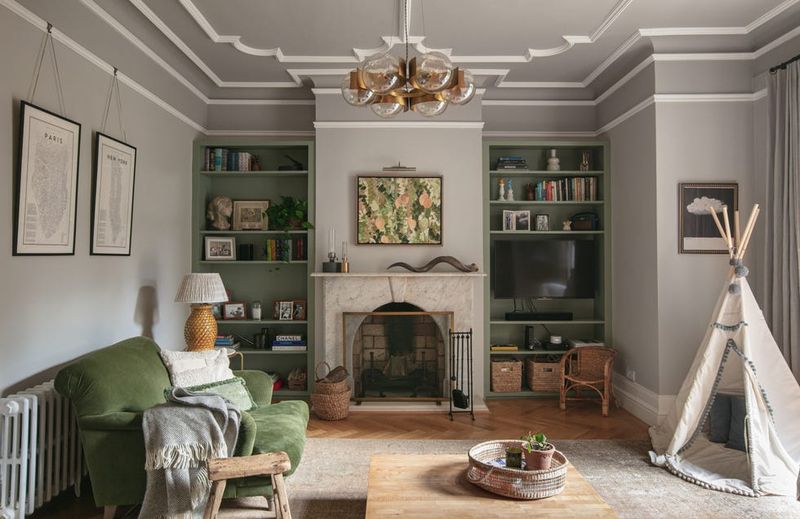
Designers absolutely love walking into homes with preserved original details or thoughtfully added architectural elements. Exposed brick walls, restored crown moldings, or striking ceiling beams immediately capture attention.
These features provide character impossible to replicate with decorative objects alone. When homeowners highlight such elements rather than hiding them, it demonstrates appreciation for the home’s bones and history—a quality designers deeply respect and celebrate.
12. Unexpected Color Moments
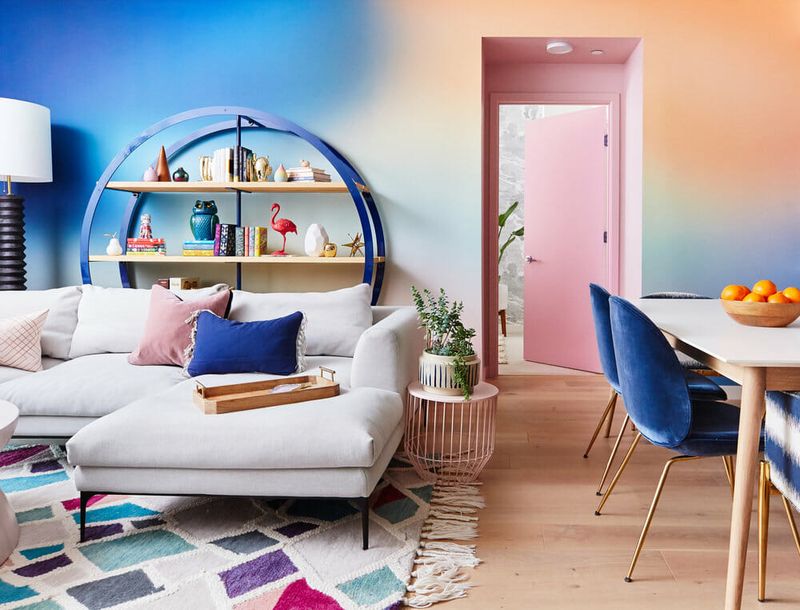
Bold color choices used strategically make designers’ hearts skip a beat. A vibrant front door, jewel-toned velvet sofa, or richly painted ceiling shows confidence and personality.
These unexpected color moments create focal points and energy in otherwise neutral spaces. Designers particularly admire when homeowners embrace color in ways that feel both daring and intentional—revealing an understanding that strategic boldness often creates the most memorable spaces.
13. Curated Collections
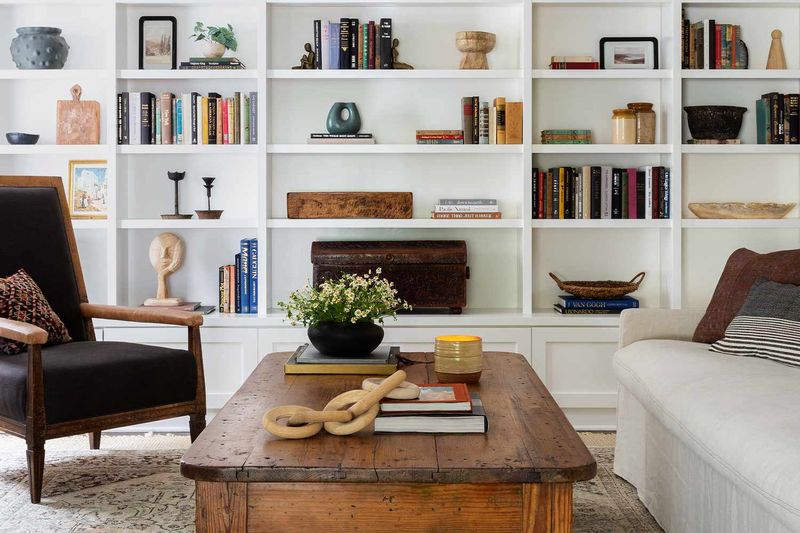
Meaningfully displayed collections tell personal stories that generic decor cannot. Whether vintage cameras, handmade ceramics, or travel souvenirs, these groupings offer glimpses into the homeowner’s passions.
The key is presentation—items grouped by theme, color, or size rather than scattered randomly. This intentional curation transforms ordinary objects into compelling visual narratives that make spaces truly one-of-a-kind.
14. Conversation-Worthy Kitchens
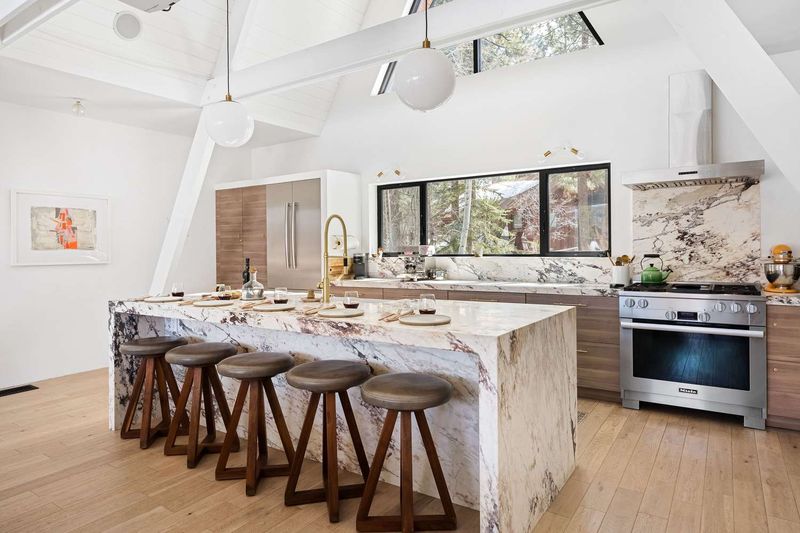
Kitchens that balance beauty with functionality make designers swoon. They notice thoughtful details like pull-out pantries, specialized storage solutions, and well-planned work triangles.
Open shelving displaying beloved dishes, statement range hoods, or unexpected cabinet colors demonstrate personal style. The most impressive kitchens reflect how the homeowners actually cook and entertain—spaces designed around real life rather than just magazine-worthy aesthetics.
15. Authentic Materials
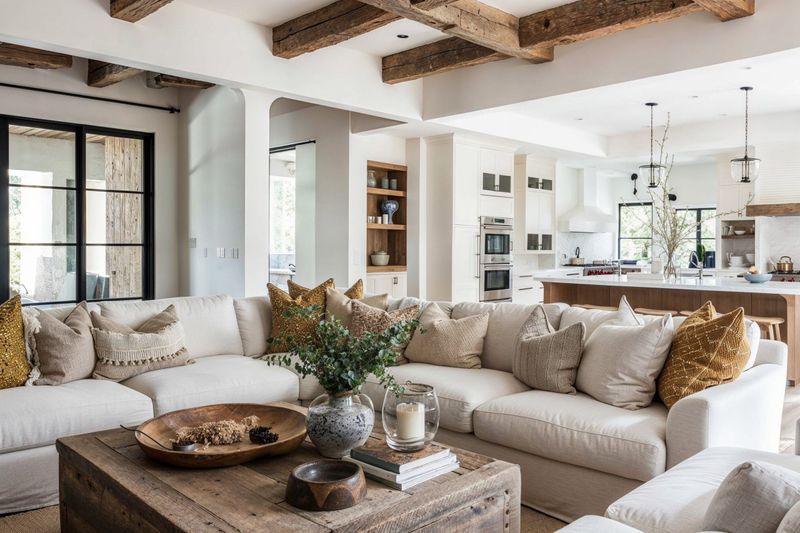
Real wood, genuine stone, and natural fibers immediately register with designers’ trained eyes. These authentic materials develop character over time in ways that synthetic alternatives simply cannot match.
Marble counters that patina, leather that softens with use, and solid wood that shows its age gracefully all earn designer approval.

